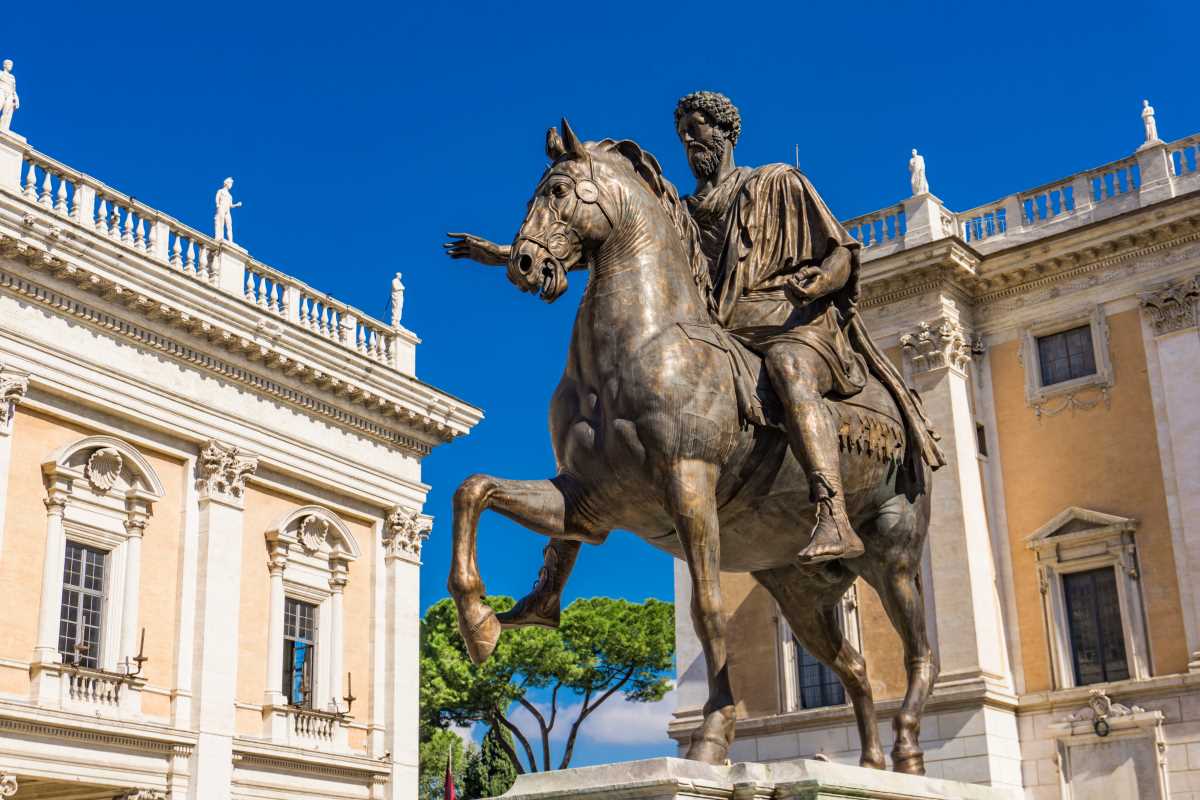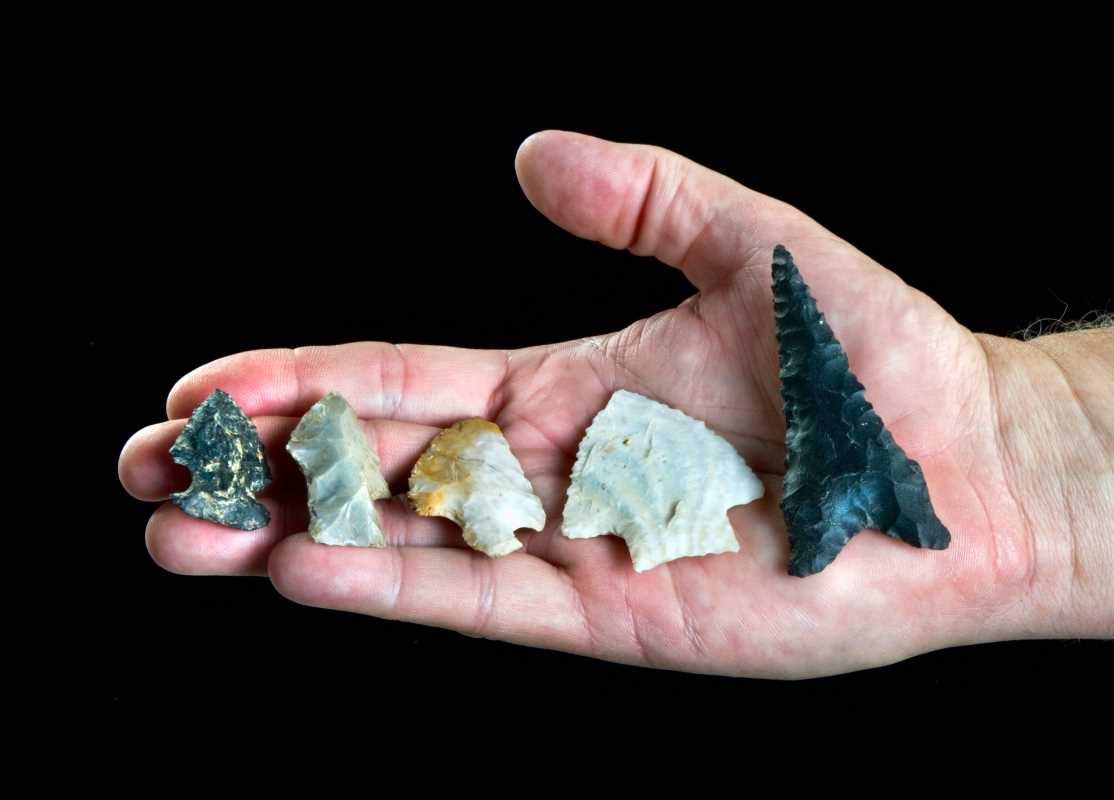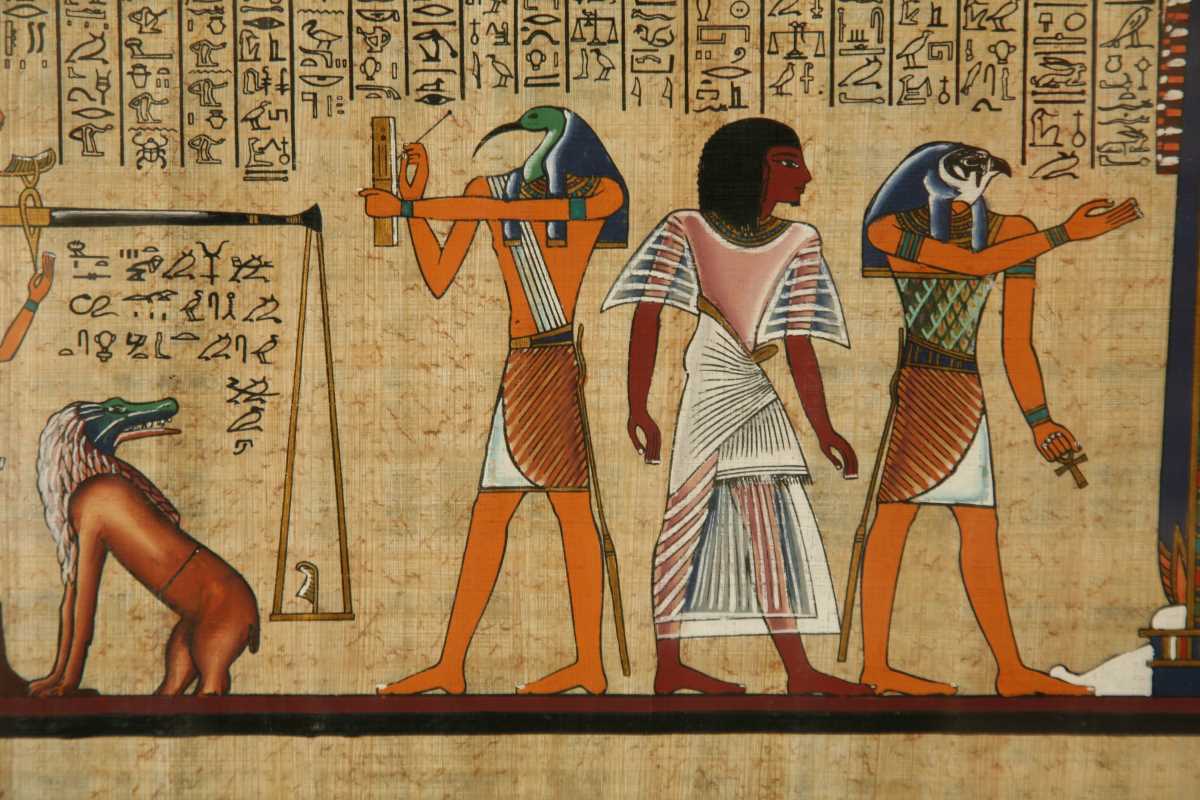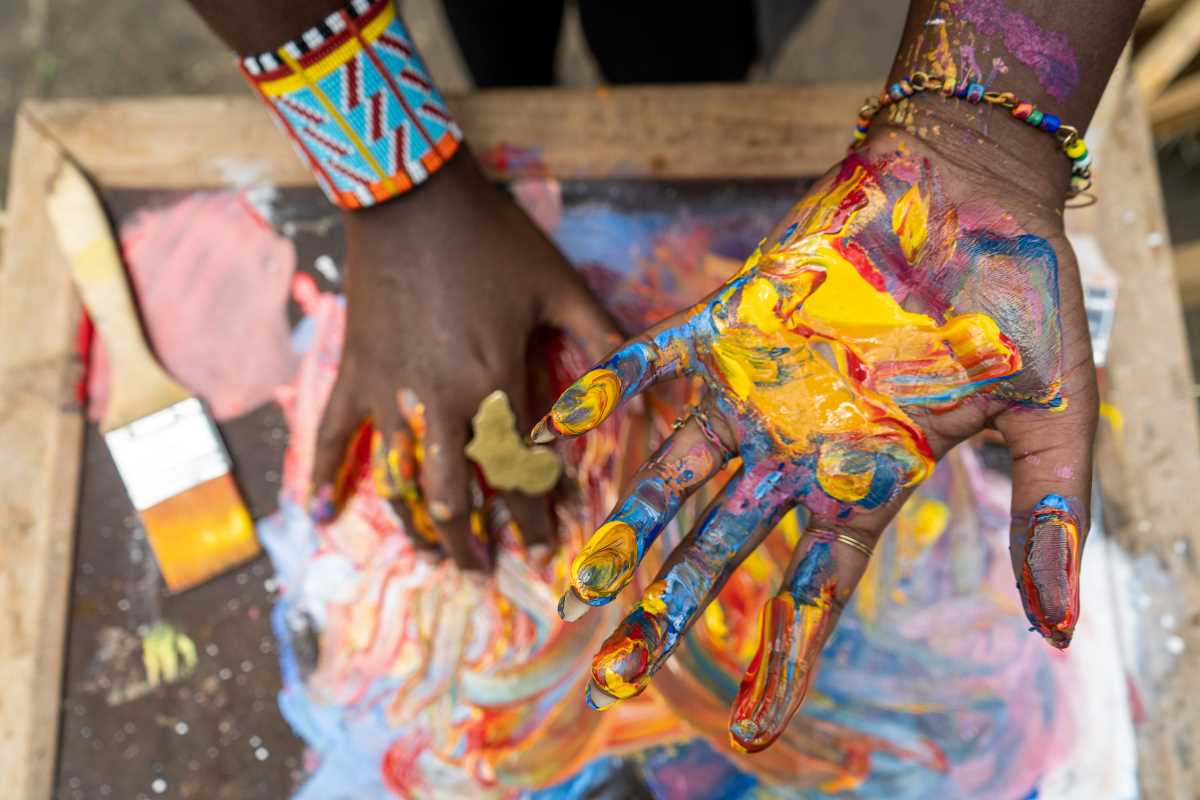Sculpture is one of the oldest and most impressive forms of art. For thousands of years, humans have carved, shaped, molded, and constructed figures and forms to express their beliefs, celebrate their cultures, and showcase their creativity. From ancient marble statues to modern experimental designs, sculpture has continually evolved while maintaining its ability to captivate and inspire.
What makes sculpture so special is its physical presence. Unlike paintings that rest on walls, sculptures take up space. They’re three-dimensional, meaning you can walk around them, study their curves, and feel the texture of their materials. This connection to the physical world has made sculpture a powerful way for humans to tell stories and convey emotions across centuries.
This article dives into the fascinating history of sculpture, exploring its evolution from classical antiquity to contemporary works. We’ll look at its different styles, materials, and purposes in various eras, highlighting just how diverse this ancient art form has become.
The Birth of Sculpture in Classical Antiquity
Sculpture as we know it really began in classical antiquity, particularly in ancient Greece and Rome. While earlier civilizations like Mesopotamia and Egypt also created sculptures, it was the Greeks who revolutionized the art form, focusing on naturalism, proportion, and movement.
Ancient Greek Sculptures
The ancient Greeks were obsessed with the human form. To them, the body was a reflection of perfection, and artists worked tirelessly to replicate that perfection in their sculptures. Early Greek sculpture, from around 800 BCE, was fairly basic and stylized. But by the 5th century BCE, Greek sculptors had mastered realism.
One iconic example is the Discobolus or “Discus Thrower” by Myron. This statue portrays a perfect athletic body mid-action, capturing both dynamism and balance.
Furthermore, sculptors like Phidias helped create monumental works for temples, like the giant statue of Zeus in Olympia, one of the Seven Wonders of the Ancient World.
Roman Contributions
The Romans borrowed a lot from the Greeks but added their own twist to sculpture. Roman sculptures often reflected realism over idealism. Instead of portraying gods and idealized human forms, Roman artists frequently created lifelike busts of politicians and emperors, showing wrinkles, scars, and other imperfections. These sculptures were meant to solidify authority and commemorate specific individuals, proving that art could also serve political purposes.
Materials of Choice
During this period, sculpture was primarily made from materials like marble and bronze. Marble carving required immense skill, and the painstaking process involved shaping giant blocks of stone into fine details. Bronze, on the other hand, allowed for more flexible forms, though many ancient bronze sculptures have been lost, melted down over time.
The Middle Ages and the Move Toward Religion
Sculpture took on new life during the medieval period, with its focus shifting towards religion. While Greek and Roman art celebrated humanity, medieval sculpture aimed to glorify God. Artworks became less concerned with realism and more focused on conveying spiritual messages.
Gothic and Romanesque Styles
Medieval sculptors created detailed reliefs and statues for Gothic cathedrals like Notre Dame in Paris. These sculptures, often depicting saints, biblical scenes, and mythical creatures, served to teach stories to largely illiterate populations. Gargoyles, the grotesque and fantastical figures found on Gothic buildings, are a famous example from this time.
Limited Innovation
Although beautiful, medieval sculpture didn't experiment much with anatomical accuracy or variety of form. The rigid, somber figures reflected a society heavily influenced by religious doctrine, leaving little room for individual artistic freedom.
The Renaissance Revival
The Renaissance, which began in Italy around the 14th century, marked the rebirth of art, culture, and science. Sculpture flourished as artists rediscovered the techniques and ideals of classical antiquity, adding their own innovations.
Masters of the Renaissance
Artists like Michelangelo redefined sculpture during this period. His masterpiece, David, carved from a single block of marble, is still considered one of the greatest works of all time. What makes Renaissance pieces like David extraordinary is their combination of technical perfection and emotional depth. You can see every muscle sculpted with precision, yet the expression captures a deeper, almost spiritual quality.
Another influential sculptor of this time was Donatello. His bronze statue of David was revolutionary for its time, depicting the biblical hero with a sense of sensuality and self-confidence rarely seen in earlier works.
Expanding the Purpose of Sculpture
Renaissance sculptors didn’t just stick to religious themes. They explored mythology, everyday life, and abstract ideas, making the art form more versatile.
Baroque Drama and Movement
By the 17th century, the Baroque period brought dramatic shifts to sculpture. Baroque artists wanted to capture motion, emotion, and drama. This style was less about perfection and more about energy.
Bernini’s Innovation
Gian Lorenzo Bernini was the superstar of Baroque sculpture. His masterpiece The Ecstasy of Saint Teresa combines intense emotion with theatrical details, like flowing drapery and dynamic poses, creating a sense of awe and movement.
Use of Space
During the Baroque period, sculptors paid more attention to how their work interacted with its surroundings, making it feel larger than life. For example, many works were placed in elaborate church settings, adding to their dramatic effect.
Modern and Contemporary Sculpture
The modern era of the 19th and 20th centuries broke away from traditional materials and styles. Sculpture became more experimental and abstract, as artists explored new ideas and mediums.
From Realism to Abstraction
While early modern sculptors like Auguste Rodin still focused on realism (think The Thinker), later movements like Cubism and Surrealism abandoned realistic forms altogether. Sculptors like Pablo Picasso played with geometric shapes, while artists like Salvador Dalí created surreal sculptures inspired by dreams.
New Materials and Techniques
Modern technology gave sculptors access to new materials such as steel, glass, and even plastics, allowing for previously impossible designs. Artists like Alexander Calder embraced these innovations, creating kinetic sculptures that moved with air currents, blurring the line between art and engineering.
Public and Social Sculpture
Contemporary sculpture is often outside traditional galleries, popping up in parks and urban spaces as public art. Works like Anish Kapoor's Cloud Gate (also known as "The Bean") in Chicago invite viewers to interact with the art rather than just admire it. Many modern sculptors also use their work to comment on social and political issues, blending art with activism.
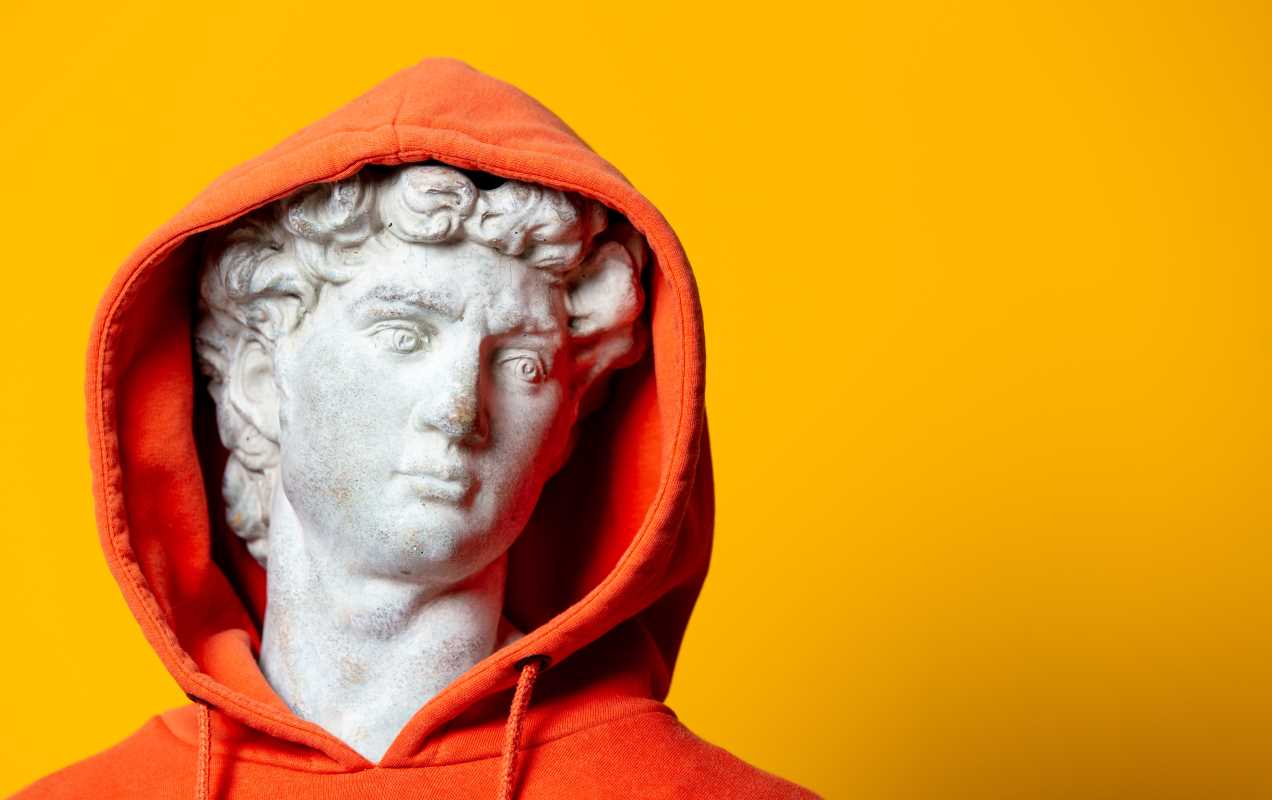 (Image via
(Image via
